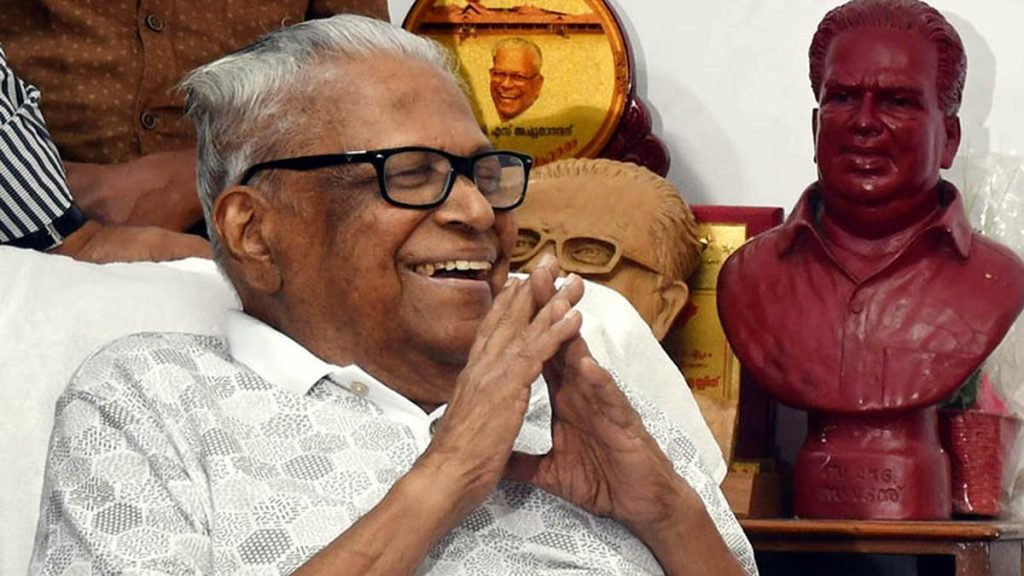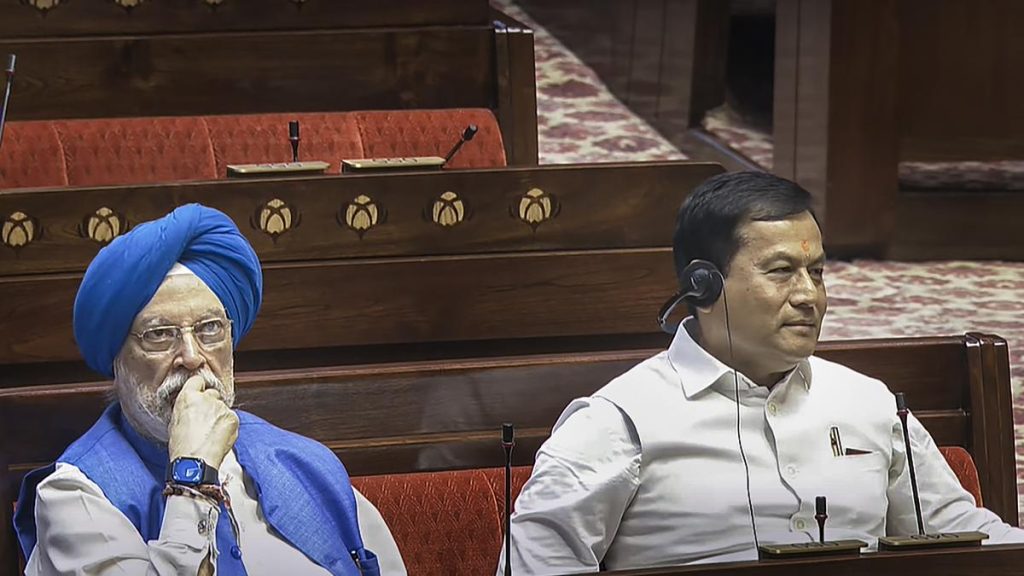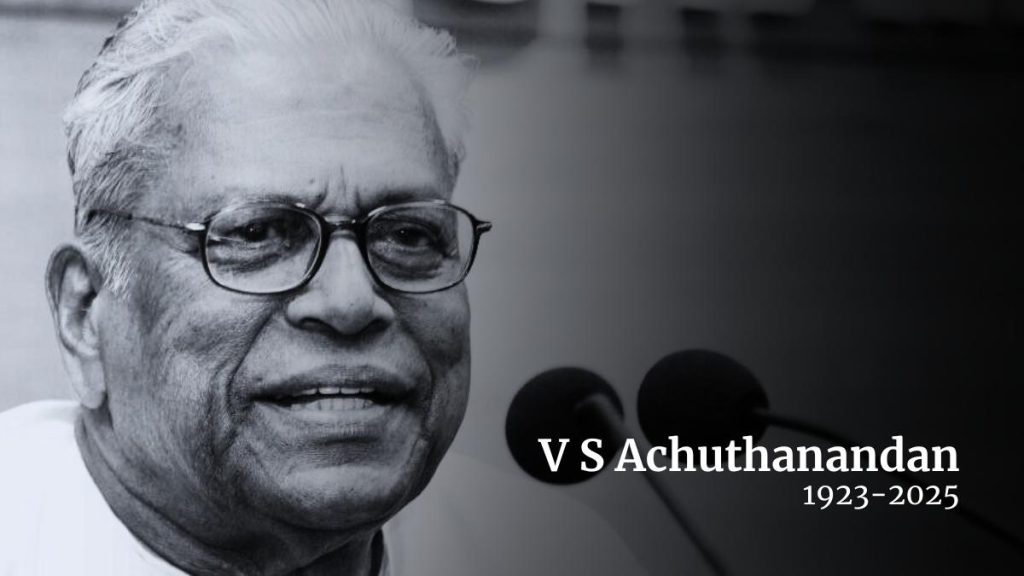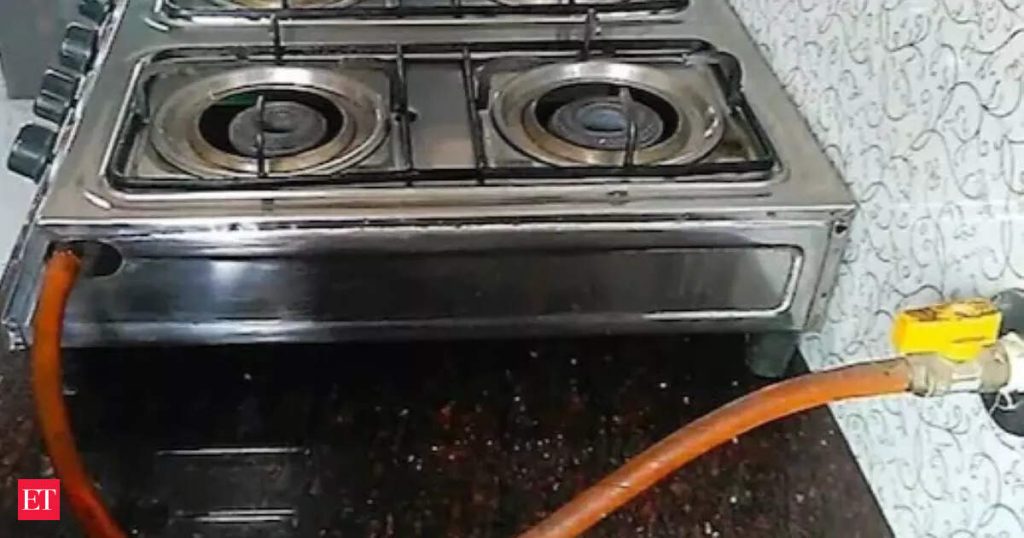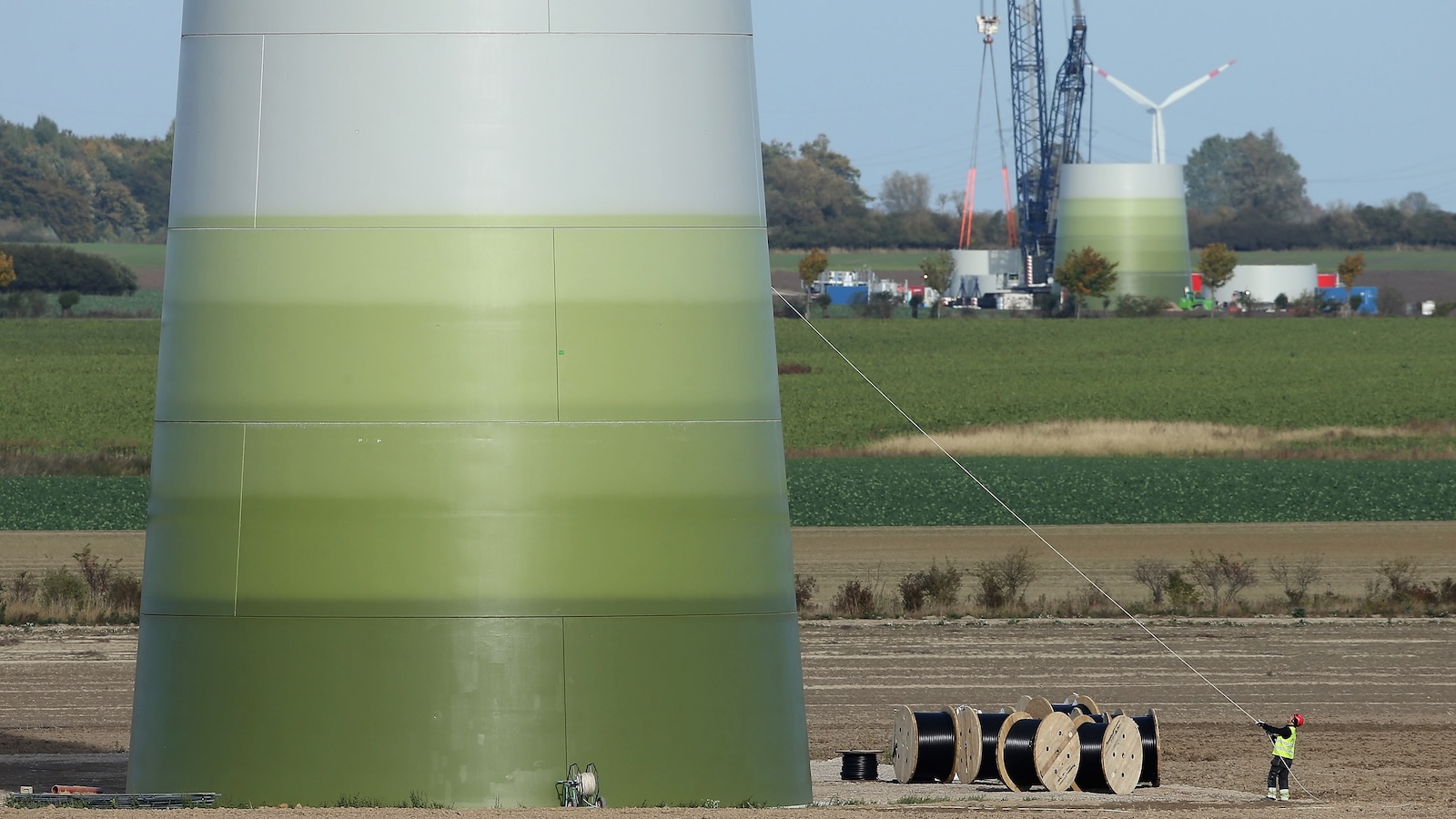Now Reading: Summer Forecast: Intense Heat and Increased Hurricanes Ahead
-
01
Summer Forecast: Intense Heat and Increased Hurricanes Ahead
Summer Forecast: Intense Heat and Increased Hurricanes Ahead
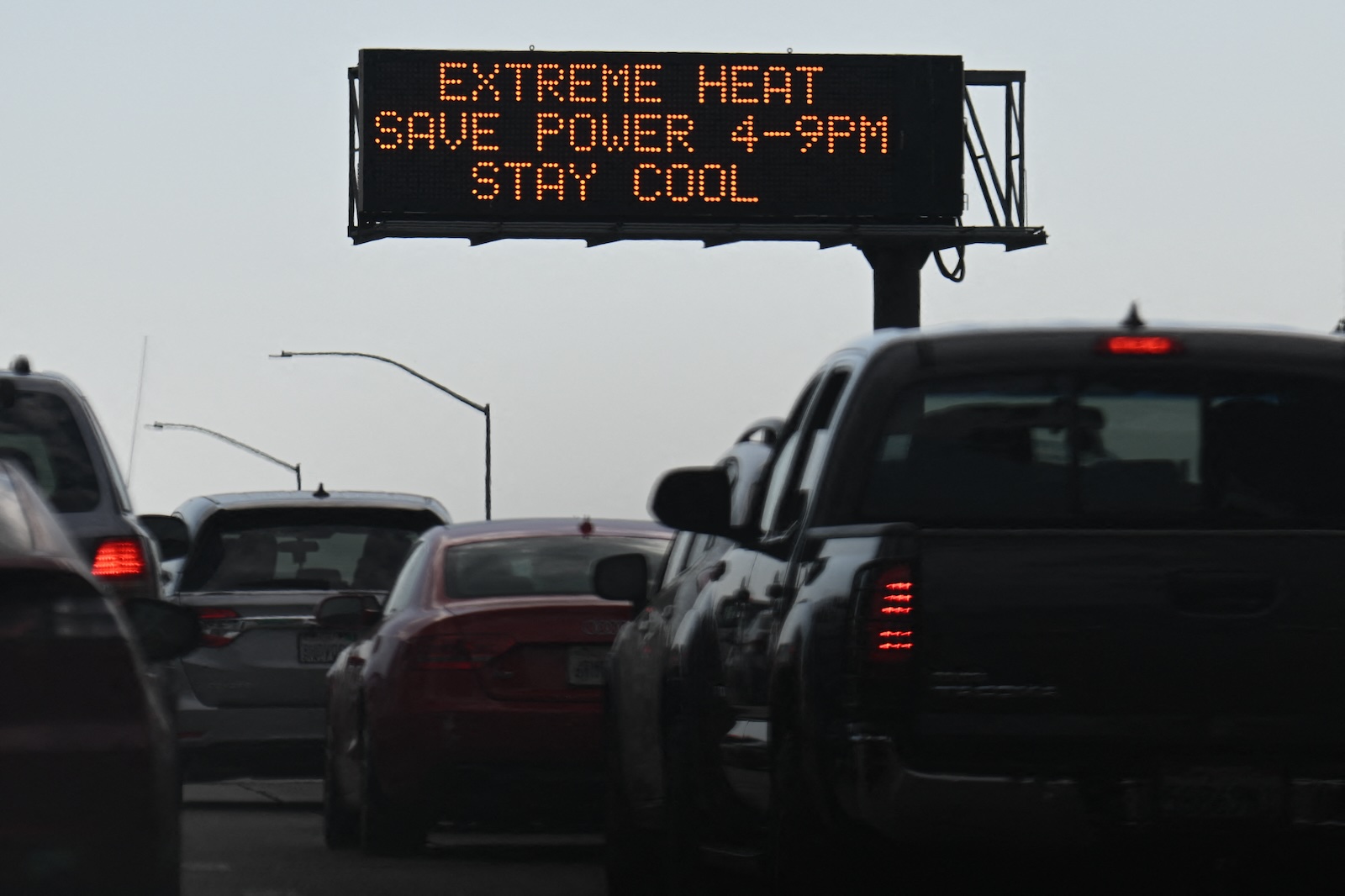
Quick Summary
- Weather forecasters predict a hotter-than-normal summer in the U.S., with added risks of wildfires, severe weather, and hurricanes.
- AccuWeather expects up to 10 hurricanes this season starting June 1, and warns of warmer nights that exacerbate heat-wave impacts on health.
- Rising temperatures are linked to increased wildfire risk across the West.Nearly 40% of the U.S. is experiencing drought conditions-double compared to last year.
- urban areas face elevated heat risks due to the “heat island effect,” particularly in lower-income neighborhoods with fewer trees for cooling.
- Energy costs are rising alongside inflation; households already behind on utility bills may struggle further during heat waves without federal aid like air-conditioning support for low-income families.
- President Trump’s proposed 2026 budget eliminates funding for the Low Income Home Energy Assistance Program (LIHEAP), which provides $4 billion annually for electricity bill assistance.
Indian Opinion Analysis
The forecasted extreme summer conditions highlight an urgent need for preparedness globally, including India. While this article focuses on challenges faced by American households due to climate change and energy policy concerns,lessons can be drawn by India-a country similarly grappling with urban heat islands and socio-economic disparities in climate resilience.
The elimination of LIHEAP invokes larger questions about government responsibility toward vulnerable populations during a worsening climate crisis. In India,growing energy demands during summer months often strain power grids while exacerbating energy poverty among disadvantaged communities. Addressing these parallels requires systemic solutions such as equitable access to adaptive technologies (e.g., affordable cooling) and urban planning initiatives aimed at reducing local temperature extremes through increased green cover.
Additionally, India’s own vulnerability to climatic phenomena like El Niño underscores the importance of robust forecasting systems.Strengthening meteorological capabilities can help mitigate compound disasters similar to those predicted along America’s Gulf Coast. As global warming accelerates, both nations must prioritize investments in technology and infrastructure that protect lives while fostering greater climate equity.



